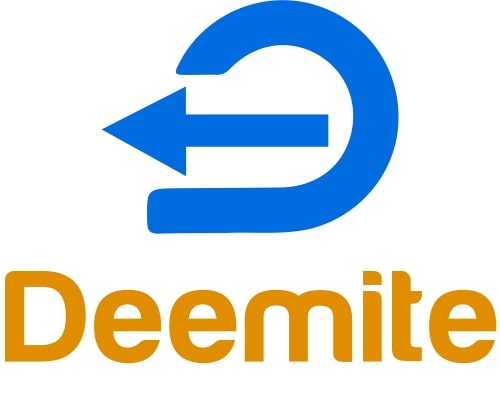There are numerous tools and techniques that help website creators to build interactive and SEO-friendly platforms.
One such powerful tool is the often-overlooked HTML ‘link rel‘ attribute. This attribute, residing within the <head> section of a web page, plays a significant role in enhancing website functionality and optimizing search engine rankings.
In this blog, we will understand “link rel” WordPress, explore its multiple applications, and uncover its potential to take websites to new heights.
What is link rel in WordPress?
In WordPress, link rel refers to the HTML attribute used to define the relationship between the current web page and another resource. It is typically used within the <head> section of a WordPress theme or template to provide additional information about the linked resource.
The link rel attribute is often used to specify the relationship between the current page and external resources such as stylesheets, icon files, and various types of feeds. It can also be used to indicate the relationship between the current page and alternative versions of the same page (e.g., language translations or mobile versions).
It tells the browser or search engine the purpose and significance of the linked resource. While it has various applications, we will focus on its role within the WordPress ecosystem.
Uses of link rel in Websites
1. Connect External Stylesheets
CSS (Cascading Style Sheets) is crucial in shaping a website’s appearance. To keep the styling separate from the HTML content, external stylesheets are employed.
By using link rel="stylesheet", we can link these stylesheets to our WordPress website, making it easier to manage and update the design.
2. Favicon Integration:
Ever wondered how websites have those little icons displayed in browser tabs? These icons, known as favicons, contribute to a professional and recognizable user experience. link rel="icon" allows us to integrate a favicon, giving our website a polished touch.
3. Use Feed URLs
WordPress supports RSS and Atom feeds for posts and comments, enabling users to subscribe and receive updates. With link rel="alternate", we can specify these feed URLs, connecting users to our content through their preferred feed reader.
How to Boost SEO with link rel in WordPress?
1. Canonical URLs and Duplicate Content
Duplicate content can harm a website’s search engine rankings. To prevent this, we use link rel="canonical" to indicate the preferred (canonical) version of a page to search engines, ensuring they index the correct page and consolidate ranking signals.
2. Specify Mobile Versions
With the rise of mobile browsing, it’s crucial to provide a seamless experience for mobile users. link rel="alternate" helps us specify the mobile version of our website, ensuring visitors on smartphones and tablets get optimized content.
3. Integrate Language Translations
For websites catering to a global audience, providing language translations is essential. link rel="alternate" allows us to link the translated versions of our content, making it easier for search engines to serve the appropriate content based on the user’s language preferences.
Best Practices and Tips
1. Properly Organize and Structure the <head> Section
It’s essential to keep the <head> section tidy and organized. Place link rel attributes in the appropriate order and group them logically for better readability and maintenance.
2. Use WordPress Functions for Dynamic link rel Attributes
WordPress provides built-in functions like wp_enqueue_style() and wp_enqueue_script() to dynamically include stylesheets and scripts.
Leveraging these functions automatically adds the required link rel attributes, ensuring an efficient workflow.
3. Check for Compatibility and Cross-Browser Support:
Different browsers may interpret link rel attributes differently. Always check your website’s compatibility and cross-browser support to ensure a consistent user experience.
Conclusion
The link rel attribute in WordPress may seem unassuming, but its potential to elevate website functionality and improve SEO is unparalleled.
By incorporating link rel attributes strategically, we can unleash the full potential of our WordPress websites. From enhancing styles and functionality to optimizing search engine rankings, this often-overlooked HTML attribute is a valuable tool in every aspect.
